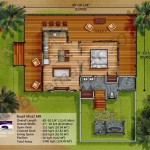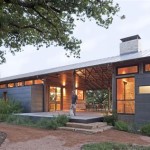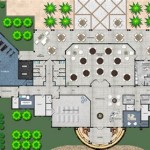Essential Aspects of Japanese House Plans
Japanese house plans are known for their simplicity, functionality, and connection to nature. They have evolved over centuries to reflect the unique cultural and environmental conditions of Japan. If you're considering building a Japanese-style home, here are some essential aspects to keep in mind:
1. Genkan (Entrance)
The genkan is the entrance to a Japanese home, and it serves as a transitional space between the outside and inside. It typically consists of a small foyer with a sunken floor, where guests remove their shoes before entering the main living areas. This helps to keep the house clean and reduces the risk of tracking dirt and debris inside.
2. Washitsu (Traditional Japanese Room)
A washitsu is a traditional Japanese room that is typically used for formal occasions, such as tea ceremonies or entertaining guests. It has a raised wooden floor covered with tatami mats, which are made from woven straw. Washitsu often feature sliding paper doors (shoji) and built-in alcoves (tokonoma) that are used to display artwork or flowers.
3. Open Floor Plan
Japanese house plans often have an open floor plan that allows for flexibility and adaptability. The main living areas, such as the living room, dining room, and kitchen, are typically not separated by walls and can be easily reconfigured to suit the needs of the occupants. This open layout promotes a sense of spaciousness and fluidity.
4. Natural Light and Ventilation
Japanese houses are designed to make the most of natural light and ventilation. Large windows and sliding doors allow for plenty of sunlight to enter the home, while cross-ventilation helps to keep the air fresh and comfortable. This connection to the outside environment creates a sense of tranquility and harmony.
5. Built-in Storage
Japanese houses typically have ample built-in storage to maximize space and minimize clutter. Sliding drawers, closets, and shelves are incorporated into the walls and floors to provide ample room for belongings. This allows for a clean and organized living environment.
6. Respect for Nature
Respect for nature is a fundamental aspect of Japanese culture, and this is reflected in the design of Japanese houses. Many Japanese houses feature gardens, courtyards, or other outdoor spaces that bring the beauty of nature indoors. These spaces provide a place for relaxation and contemplation, and they help to create a harmonious connection between the home and its surroundings.
7. Sustainability
Japanese house plans often incorporate sustainable elements to reduce their environmental impact. The use of natural materials, such as wood and stone, helps to minimize waste and carbon emissions. Additionally, energy-efficient appliances, solar panels, and rainwater collection systems are becoming increasingly common in Japanese homes.

Typical Home Layouts Differences Between Japan And Abroad

The Layout Of Ground And First Floor A Traditional Japanese House Scientific Diagram

The Floor Plan Of Apartments In Japan Japanese Home Archi Designer

Hachidori Floor Plan Japan House Design Courtyard Plans Traditional Japanese

Japanese House Floor Plan Courtyard Google Search Traditional Style Plans

Gallery Of The Japanese House Konishi Gaffney Architects 27

Traditional Japanese House Floor Plan Google Search Traditionelle Hauspläne Grundriss

Minimalist 778 Sq Ft Japanese Family Small House

170 Japanese House Plans Ideas In 2024 Architecture

House Floorplan Japan Property Central K








